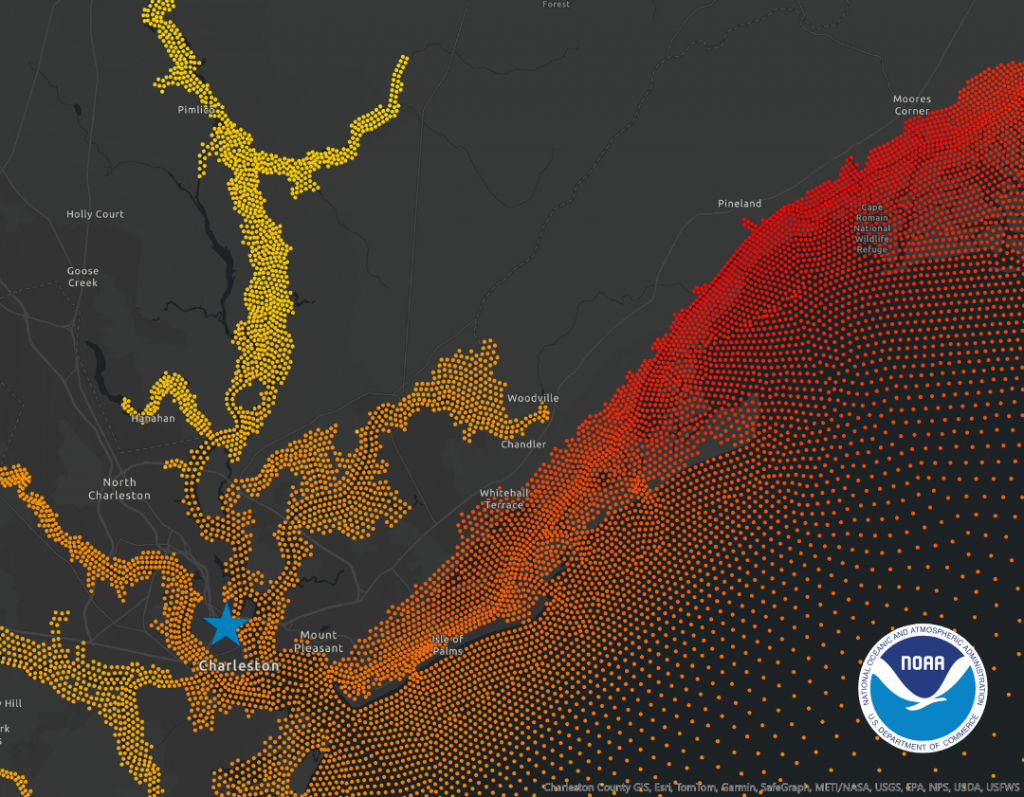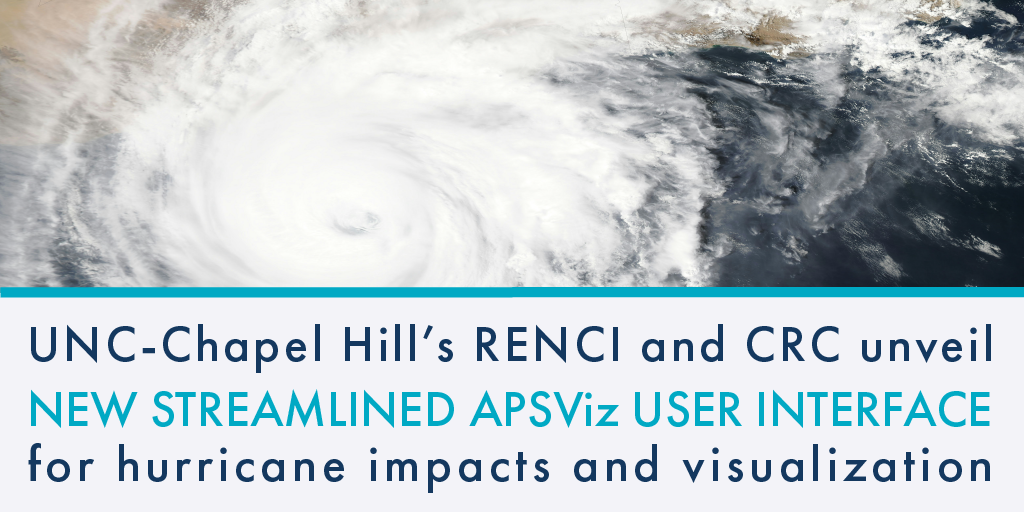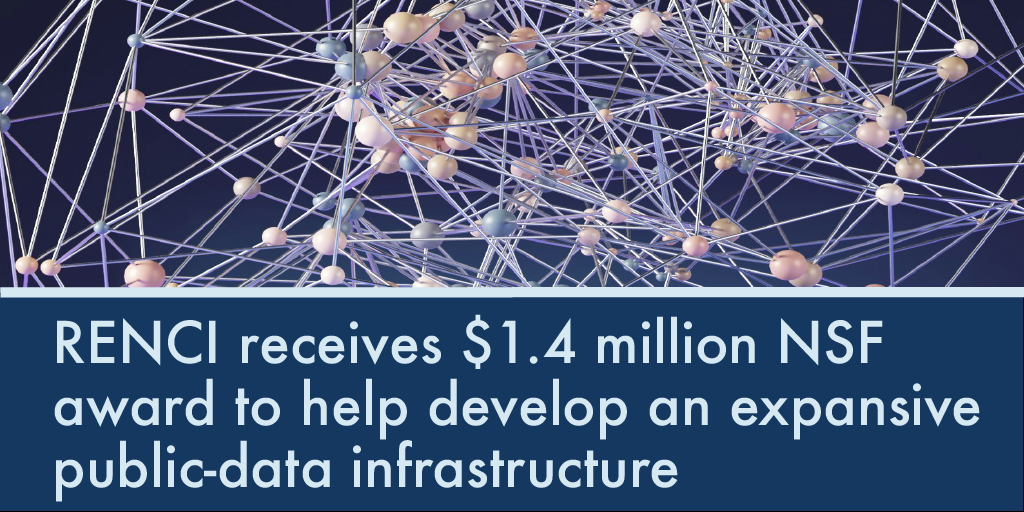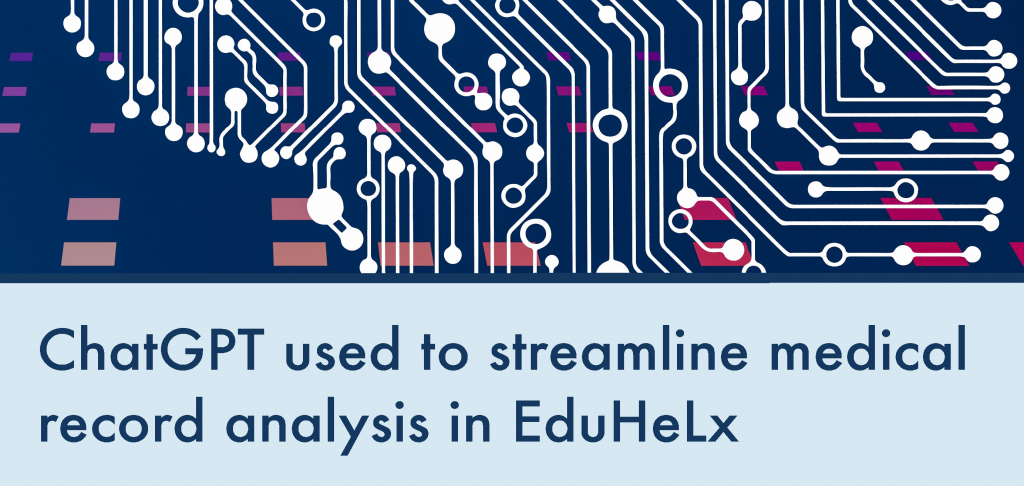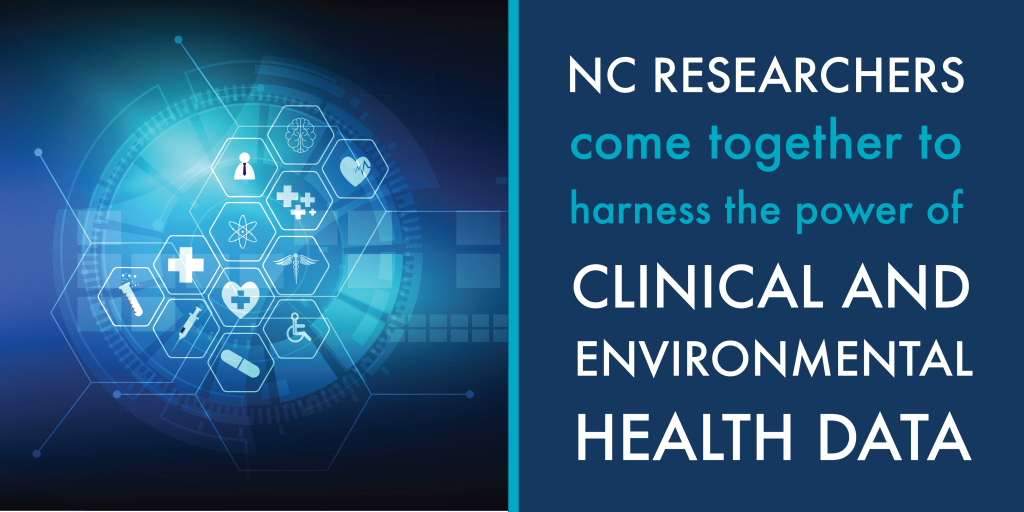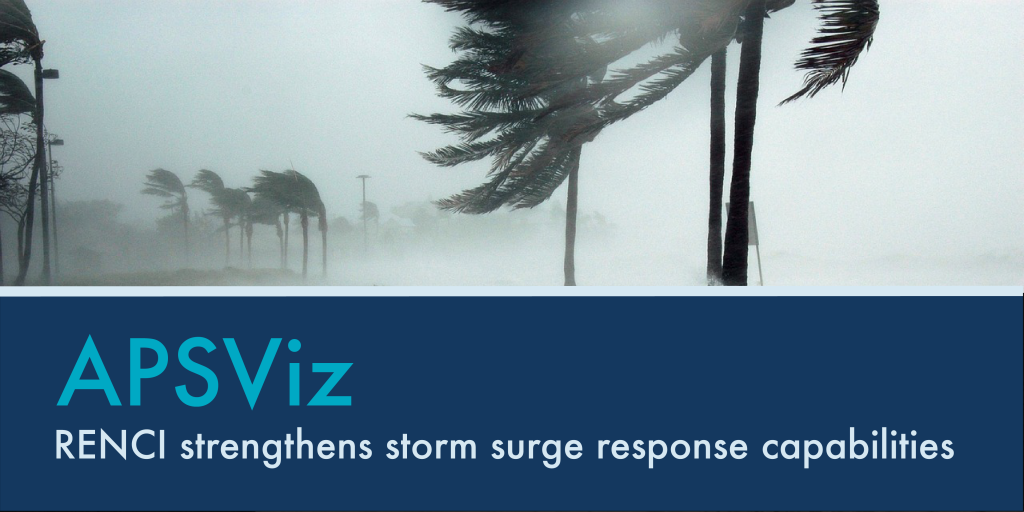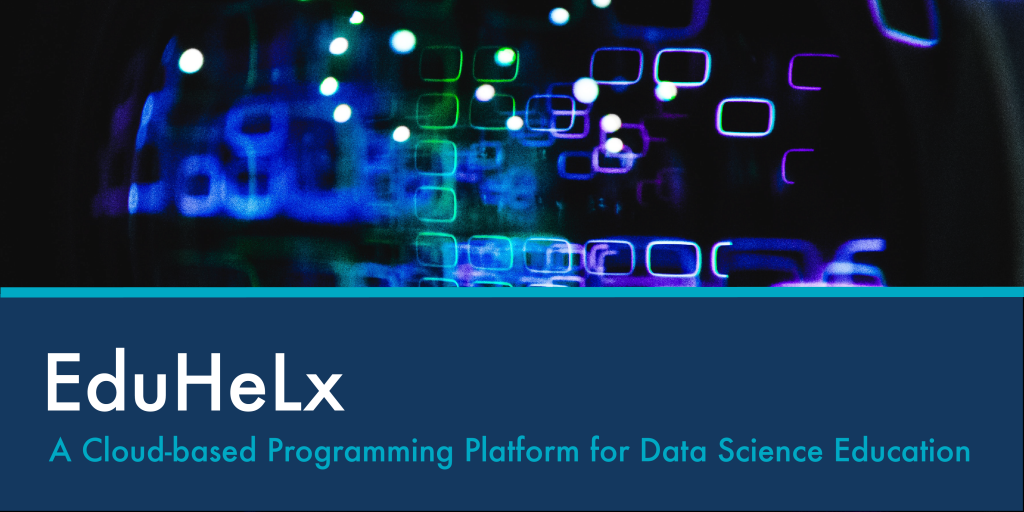Every sector of society is undergoing a historic transformation driven by big data. RENCI is committed to transforming data into discoveries by partnering with leading universities, government, and the private sector to create tools and technologies that facilitate data access, sharing, analysis, management, and archiving.
Each year, the Supercomputing conference provides the leading technical program for professionals and students in the HPC community, as measured by impact, at the highest academic and professional standards. RENCI will host a booth (#3923) at SC24 where team members will share collaborative research projects and cyberinfrastructure efforts aimed at helping people use data to drive discoveries.
A full schedule of sessions at the RENCI booth can be found on our website.
19th Workshop on Workflows in Support of Large-Scale Science
Anirban Mandal, the Director of Network Research & Infrastructure Group at RENCI and co-PI of the DOE-funded Poseidon project, will co-chair the 19th Workshop on Workflows in Support of Large-Scale Science (WORKS), taking place November 18. WORKS 2024 focuses on the many facets of scientific workflow management systems, ranging from actual execution to service management and the coordination and optimization of data, service, and job dependencies.
iRODS 4.3.3, HTTP, OIDC, S3, and the future of iRODS 5.0
The open source iRODS (Integrated Rule-Oriented Data System) data management platform presents a virtual filesystem, metadata catalog, and policy engine designed to give organizations maximum control and flexibility over their data management practices and enforcement. This year saw the release of iRODS 4.3.3 as well as a new PAM Interactive Authentication Plugin, HTTP and OpenID Connect functionality, the S3 API, and three new client libraries.
iRODS will host a free mini-workshop on Monday, November 18 at 9 AM ET to cover the above efforts and give a glimpse of where the team is headed next, with a special focus on the future of iRODS 5.0 and what it may mean for integrations to come. Additionally, iRODS team members will present talks on these topics and be available for further discussion at the RENCI booth on the exhibit floor from November 19-21.
Building an approachable cost-effective data management platform
iRODS Executive Director Terrell Russell will give a talk at the DDN booth (#2431) on November 19 at 3:00 PM ET. Long-term data management is best executed when policies are clear and infrastructure is abstracted and swappable. iRODS has a desire to be normal and boring for the administrator and approachable and powerful for the user. This talk will cover recent advances and interfaces which allow companies to sustain FAIR data practices, enforce consistency and reproducibility, and realize cost-savings through open source software.
FABRIC Network Research Infrastructure: Updates and User Highlights
As part of the 2024 INDIS Workshop, FABRIC will be represented on November 19 at 11 AM ET at the SC Theater on the exhibit floor. PI Paul Ruth will share FABRIC updates from the past year and two FABRIC users will show demos of their FABRIC experiments.
FABRIC Research Infrastructure: Current Capabilities and Stories from our Users
Those interested in learning more about FABRIC at Supercomputing 2024 will be able to visit RENCI’s in-person booth (#3923) and learn about updates to the project. FABRIC PI Paul Ruth will present talks at the booth on November 20 and 21, accompanied by various FABRIC users. User presentations will vary by day, and include:
- Using AI/ML with P4 on Baric for intelligent routing | Mariam Kiran, ORNL
- Using CREASE Tooling to smoothen your Testbed Experiment experience | Nik Sultana, Illinois Institute of Technology
- FABRIC And Data Intensive Science Prototype Services | Joe Mambretti, Northwestern University and StarLight
- Multi-Domain Experiments Using ESnet SENSE on the National Research Platform / PacWave / FABRIC | Mohammad Firas Sada, San Diego Supercomputer Center
- Traffic Steering Without the Switch: Offloading Big Flows to the NIC | Justas Balcas, ESNet
FABRIC Facility Ports at SCinet
Beyond Booth #3923, we’re excited to announce that there will be FABRIC facility ports at SCinet at several booths this year in addition to RENCI, including:
- StarLight | Booth #2551
- California Institute of Technology / CACR | Booth #845
- CIENA | Booth #1940
Ciena has worked in partnership with FABRIC to construct a mini-FABRIC node, known as a “Traveling Fabric Node”. This FABRIC node is designed to be mobile and will be used to support demonstrations, presentations, and experiments at various events and conferences such as Supercomputing, Optical Fiber Conference, and others. This Traveling Ciena built FABRIC node will be located in the Ciena booth on the SC24 Exhibit floor. This deployment will include connections thru SCinet and leverage the extensive wide area connectivity engineered into SC24 to connect back to the FABRIC terabit core and associated globally distributed infrastructure. This provides an opportunity for FABRIC users to demonstrate innovative research/experiments which can span the FABRIC core infrastructure and resources at the SC24 Exhibit Venue, including to other SC24 participant booths.
SWARM: Scientific Workflow Applications on Resilient Metasystem
RENCI researchers Anirban Mandal, Komal Thareja, Erik Scott, and Cong Wang are listed as authors on a poster being presented at SC24, titled “SWARM: Scientific Workflow Applications on Resilient Metasystem.” The poster will be available to view in Rooms B302 – B305 from 12 – 5 PM ET on Tuesday, November 19.
Large Language Models for Anomaly Detection in Computational Workflows: from Supervised Fine-Tuning to In-Context Learning
RENCI researchers Anirban Mandal and Cong Wang are listed as authors on a paper being presented at SC24, titled “Large Language Models for Anomaly Detection in Computational Workflows: from Supervised Fine-Tuning to In-Context Learning.” The paper will be presented in Room B311 at 2 PM ET on Thursday, November 21, as part of the Computational Efficiency and Learning Techniques session.
About RENCI
RENCI (Renaissance Computing Institute) develops and deploys advanced technologies to enable research discoveries and practical innovations. RENCI partners with researchers, government, and industry to engage and solve the problems that affect North Carolina, our nation, and the world. RENCI is an institute of the University of North Carolina at Chapel Hill.
